The Hahnentorburg gate, located in Cologne, is one of the city’s most iconic medieval gates, dating back to the 12th century. This monumental structure was once part of Cologne’s fortified city walls, designed to protect the citizens and serve as a grand entrance for visitors. Built in the Romanesque style, the Hahnentorburg is one of the 12 original city gates that symbolized protection, power, and pride for Cologne’s inhabitants. Its name, “Hahnentorburg,” originates from the nearby village of Hahnen, highlighting its deep-rooted connection to the local culture and history.
Throughout its history, the Hahnentorburg has witnessed numerous transformations. It has been the site of royal processions, military occupations, and historic events, including the occupation by Napoleon’s troops in the early 19th century. Over the years, the gate suffered damages due to wars and the effects of time, leading to multiple restoration efforts. However, it was not until the 19th century that significant conservation efforts began, with the support of local groups and the German Foundation for Monument Protection. One notable group, the EhrenGarde, played a crucial role in restoring and maintaining the Hahnentorburg, underscoring Cologne’s commitment to preserving its cultural heritage.
Today, the Hahnentorburg stands not only as a relic of Cologne’s medieval past but as a symbol of resilience and communal pride. It attracts both locals and tourists who admire its architectural beauty and historical significance. Through its preservation, the Hahnentorburg allows modern visitors to connect with Cologne’s rich history, offering a glimpse into a time when fortified gates protected cities and marked their identities.

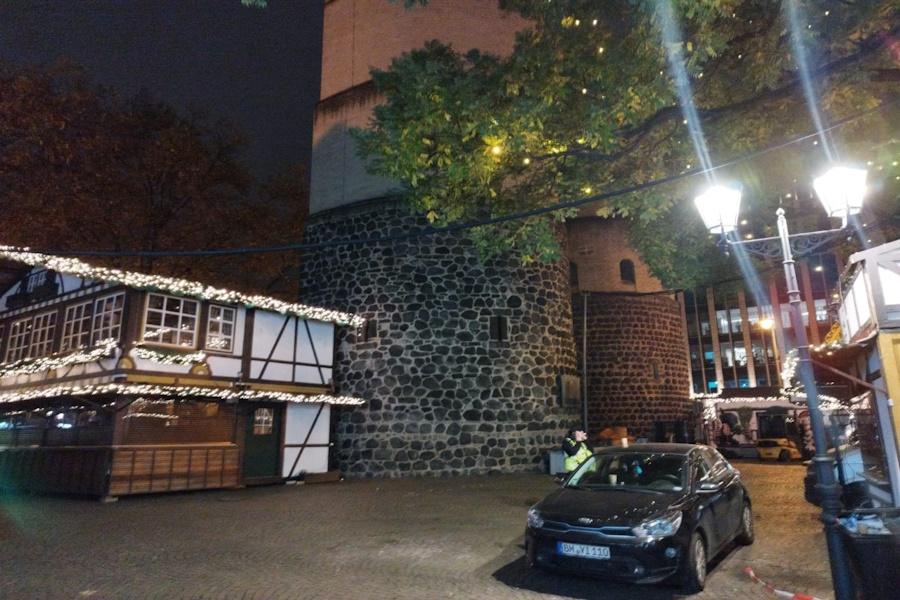
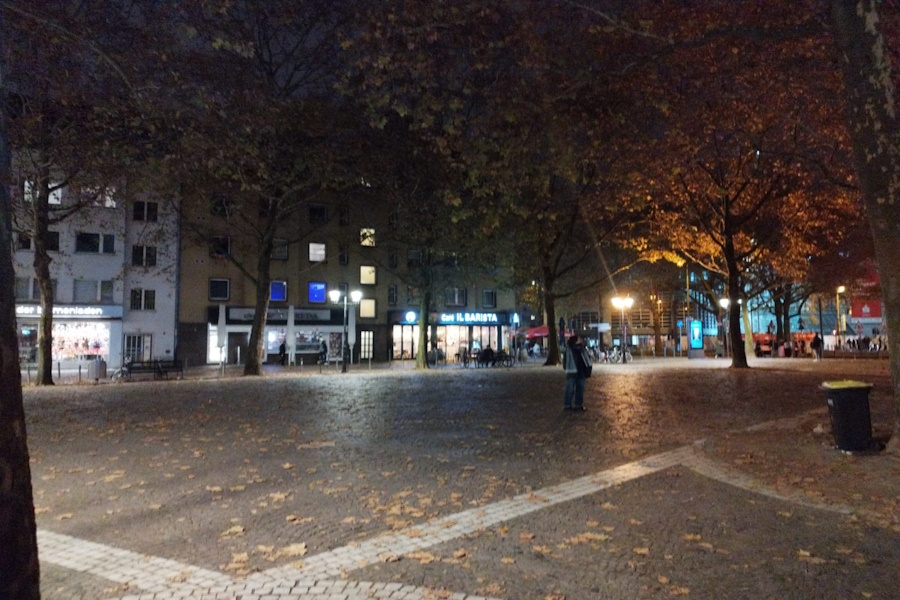

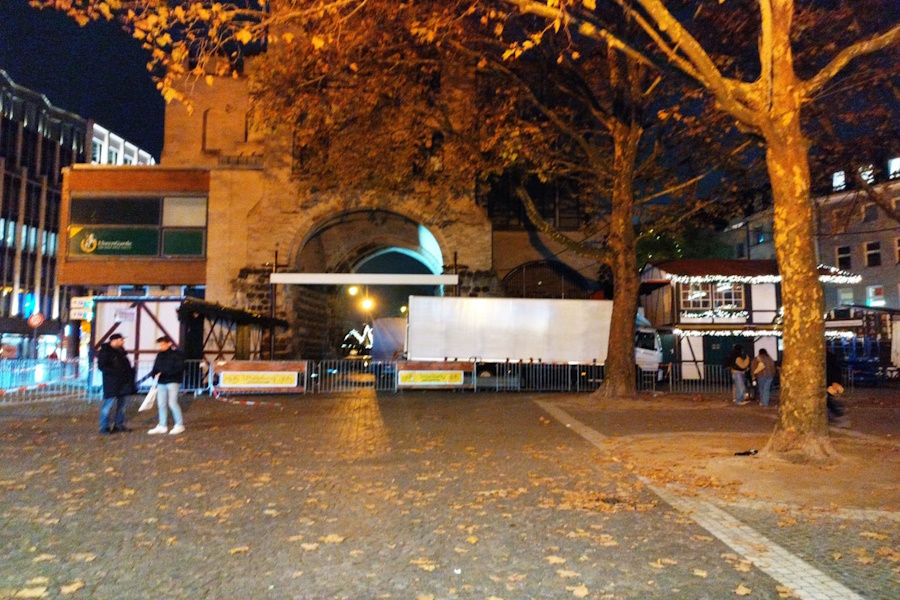


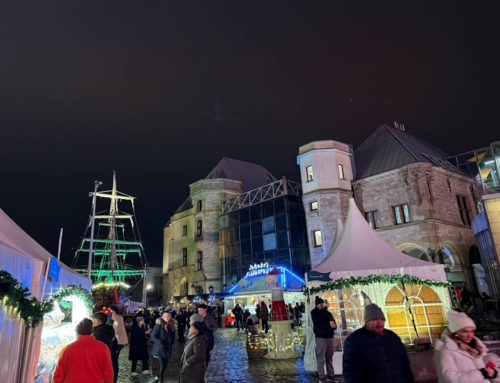
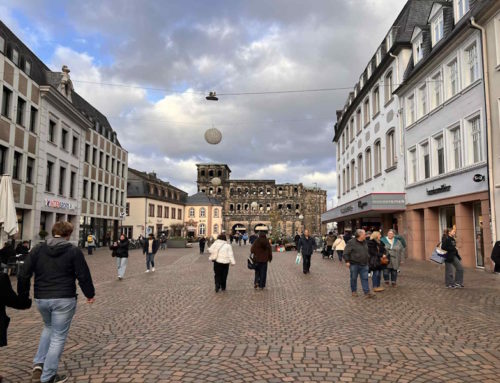

Leave A Comment